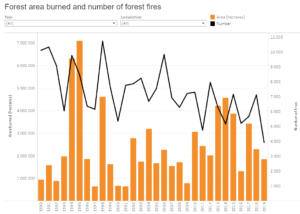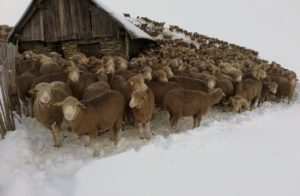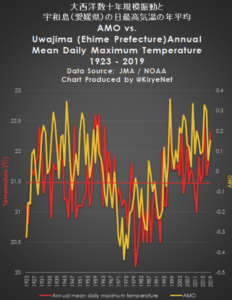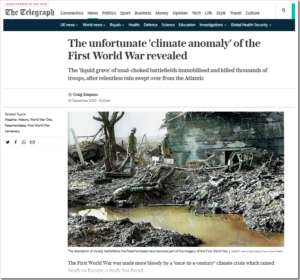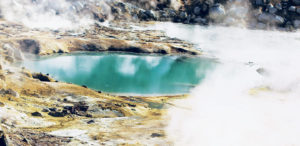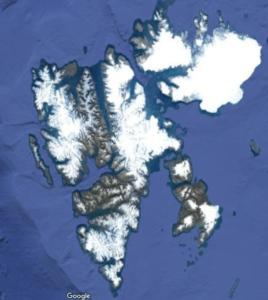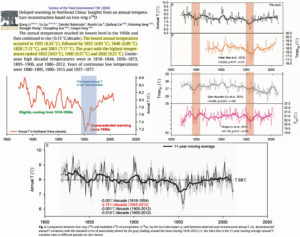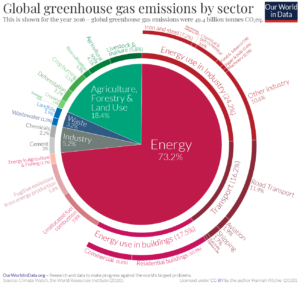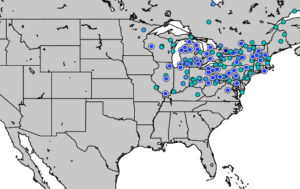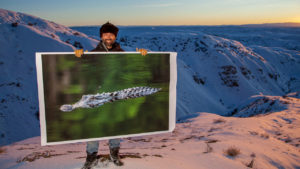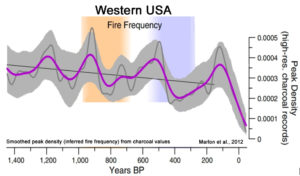Climate change is driving the scale and impact of recent wildfires that have raged in California, say scientists.
Their analysis finds an “unequivocal and pervasive” role for global heating in boosting the conditions for fire.
California now has greater exposure to fire risks than before humans started altering the climate, the authors say.
Land management issues, touted by President Donald Trump as a key cause, can’t by themselves explain the recent infernos.
The new review covers more than 100 studies published since 2013, and shows that extreme fires occur when natural variability in the climate is superimposed on increasingly warm and dry background conditions resulting from global warming.
“In terms of the trends we’re seeing, in terms of the extent of wildfires, and which have increased eight to ten-fold in the past four decades, that trend is driven by climate change,” said Dr Matthew Jones from the University of East Anglia in Norwich, UK, who led the review.
“Climate change ultimately means that those forests, whatever state they’re in, are becoming warmer and drier more frequently,” he told BBC News.
“And that’s what’s really driving the kind of scale and impact of the fires that we’re seeing today.”
In the 40 years from 1979 to 2019, fire weather conditions have increased by a total of eight days on average across the world.
However, in California the number of autumn days with extreme wildfire conditions has doubled in that period.
The authors of the review conclude that “climate change is bringing hotter, drier weather to the western US and the region is fundamentally more exposed to fire risks than it was before humans began to alter the global climate”.
https://www.bbc.co.uk/news/science-environment-54278988
Now why should they start their study in 1979? After all, there is loads of data from earlier years.
A look at NOAA’s rainfall graph for California shows just why:
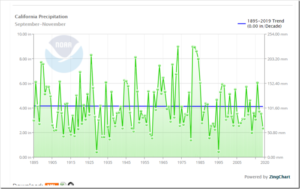
https://www.ncdc.noaa.gov/cag/national/time-series
…
